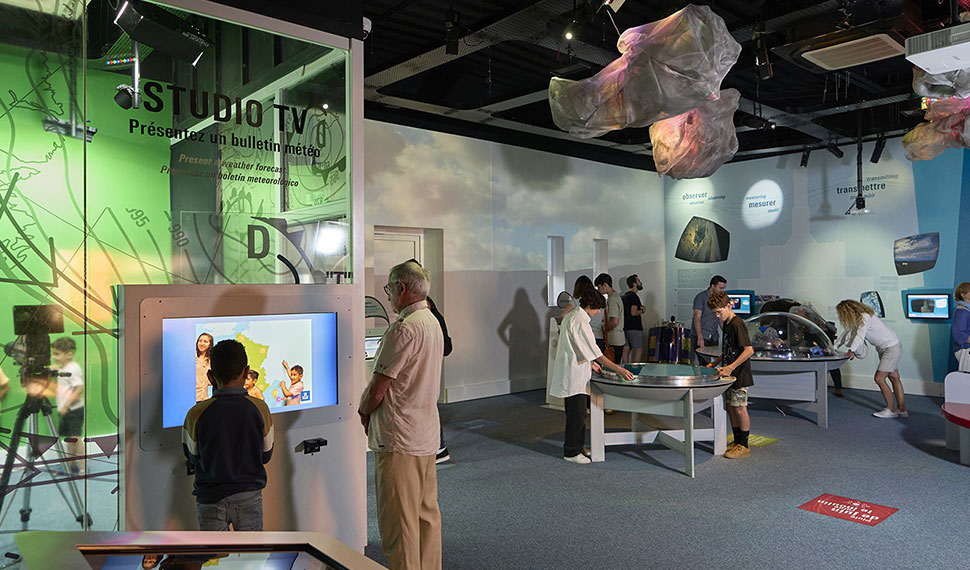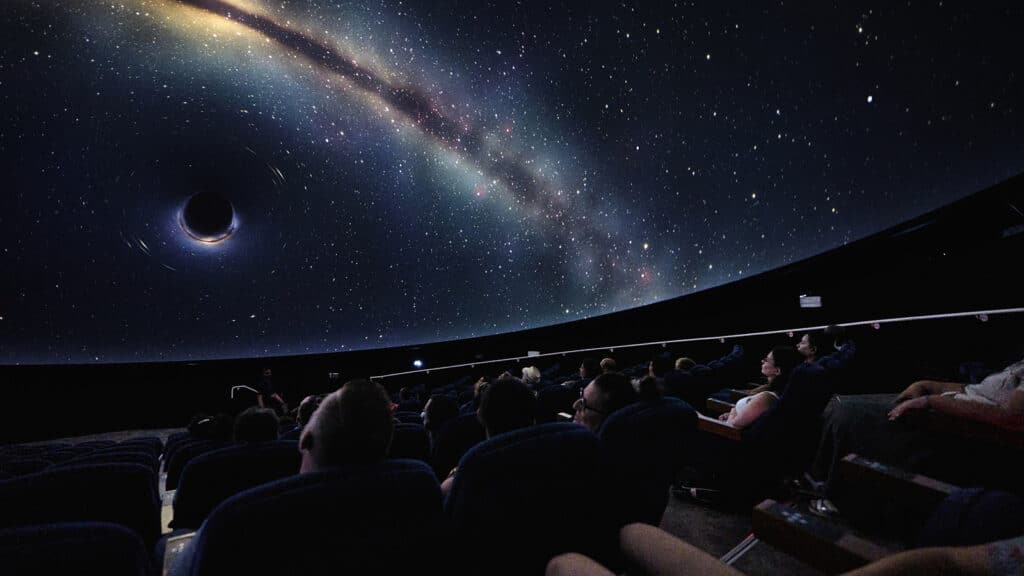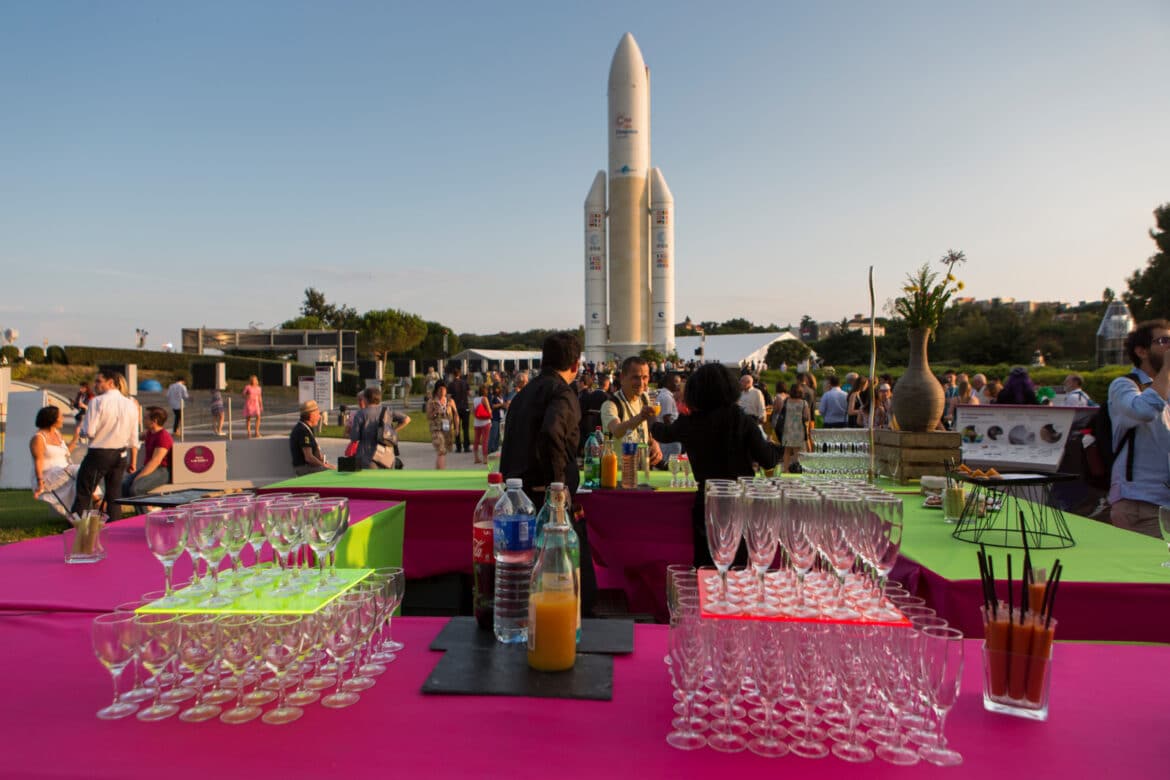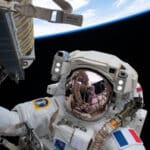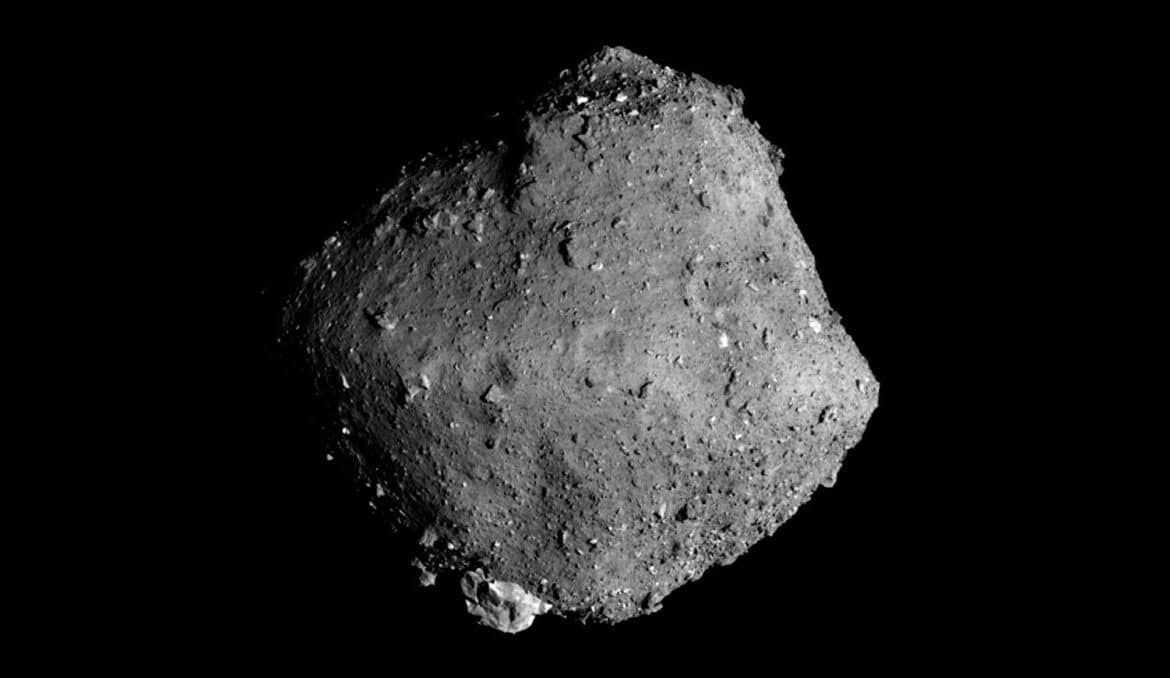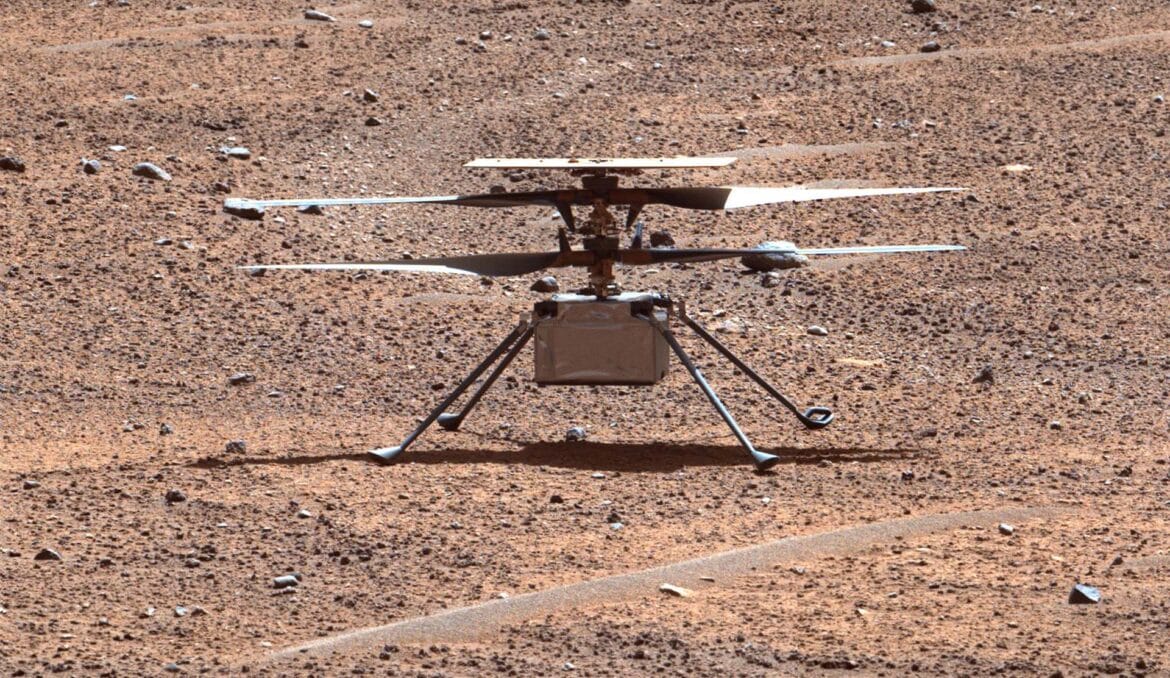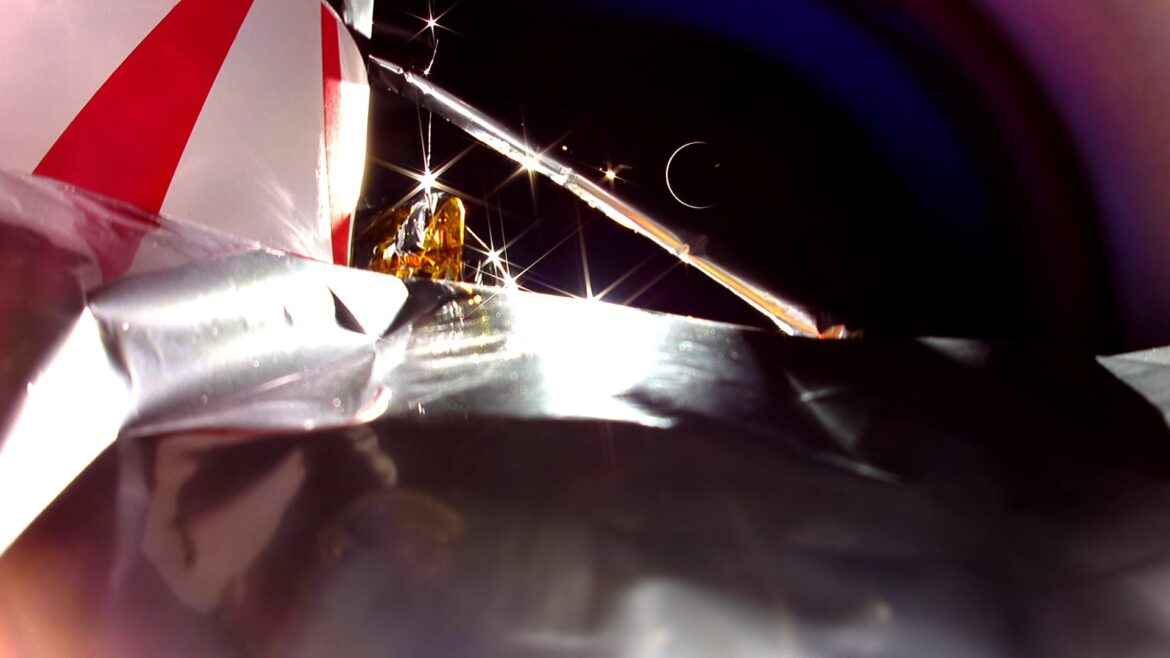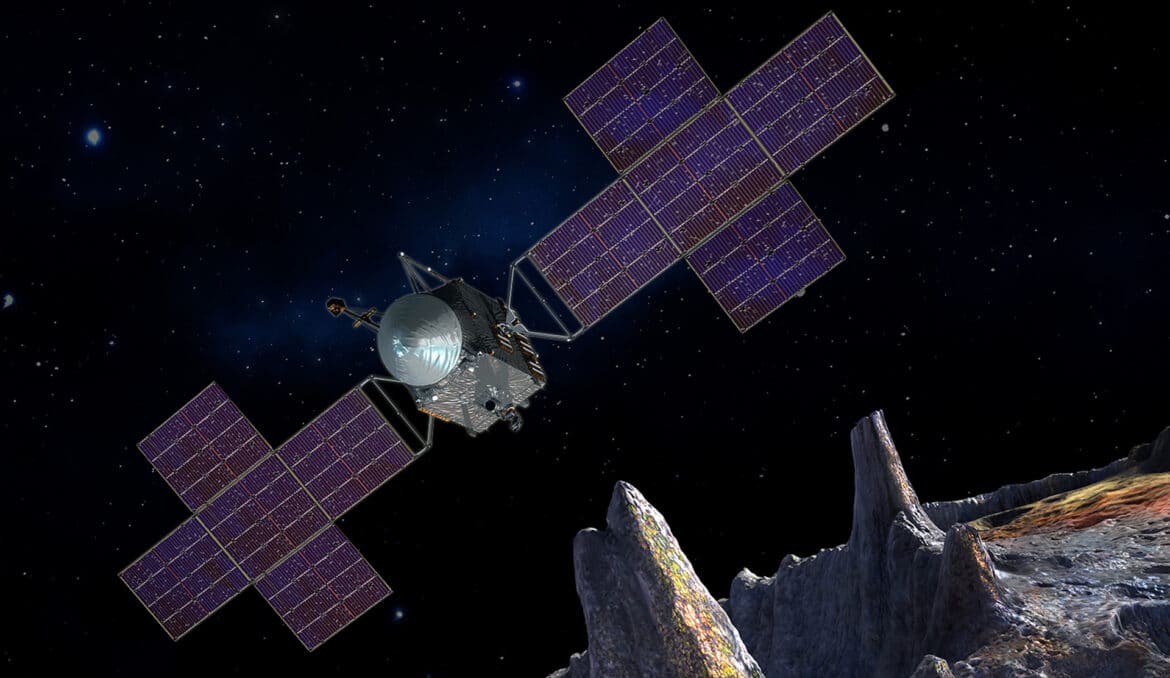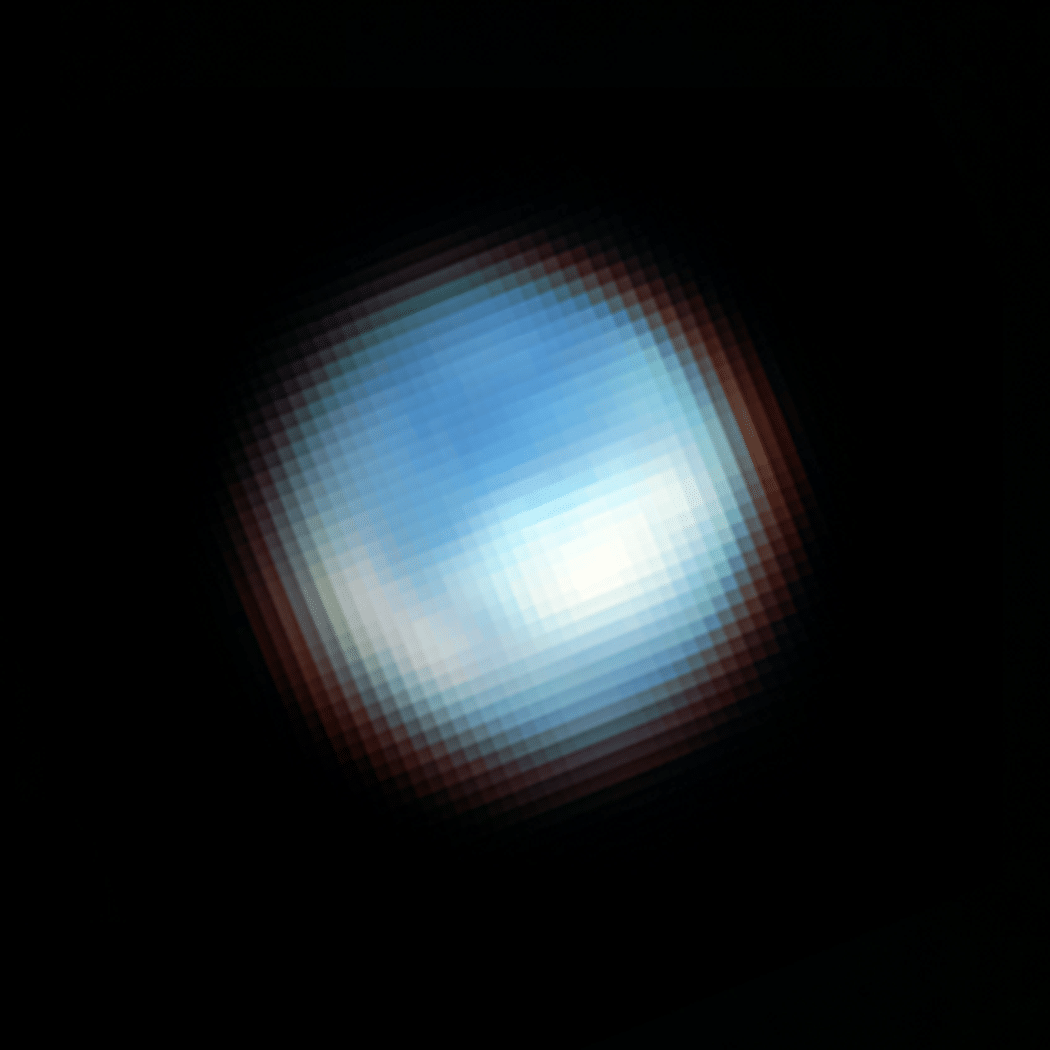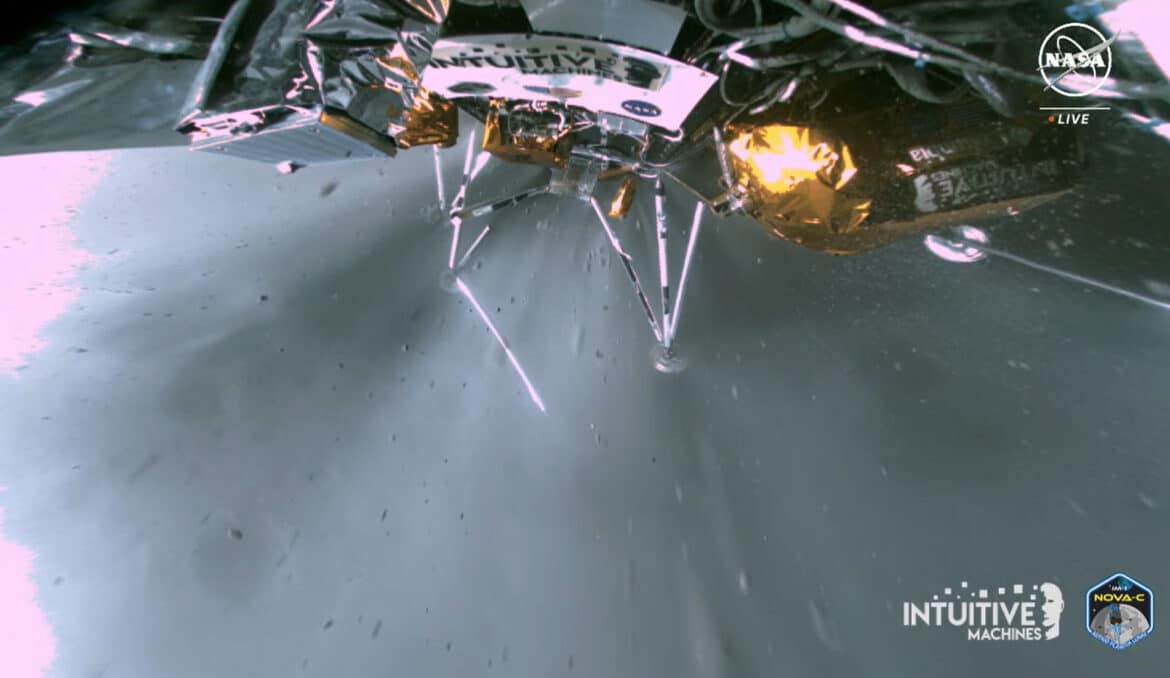
Arrival of the Ryugu samples at Cité de l’espace, protected in a transport case. From left to right: Aude Lesty (Exhibitions and Heritage Manager at Cité de l’espace), Elisabeth Tasker (Associate Professor at the Institute of Space and Astronautical Science at JAXA) and Églantine Lelong (Museographer at Cité de l’espace).
© Cité de l’espace
EVIDENCE OF THE ORIGIN OF THE SOLAR SYSTEM IN TOULOUSE
Now a piece of Ryugu is coming to Toulouse to be displayed to as many people as possible! Indeed, from September 9, Cité de l’espace in Toulouse will present to its visitors two samples of the asteroid brought back by Hayabusa2. These are real evidence of the conditions that reigned at the beginning of our Solar System. These millimetre-sized grains are shown with magnifying devices allowing their details to be examined. The sample labelled A0308 comes from the first harvest on February 21, 2019 carried out on the surface of Ryugu. The second sample, called C0124, benefited from an original sampling method. Hayabusa2 released an impactor on April 5, 2019 which made a 10-m wide crater on the asteroid. The second collection of samples from July 11, 2019 being carried out within this crater, the grain that you will see comes from elements revealed when the crater was made and therefore in theory less adulterated.
